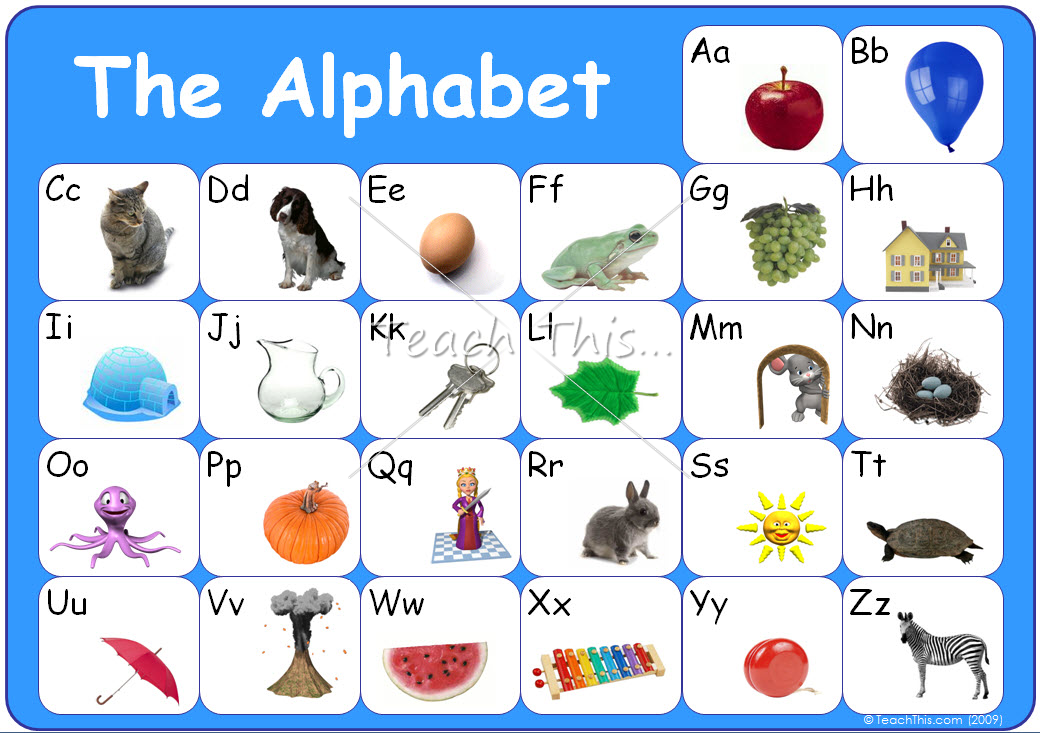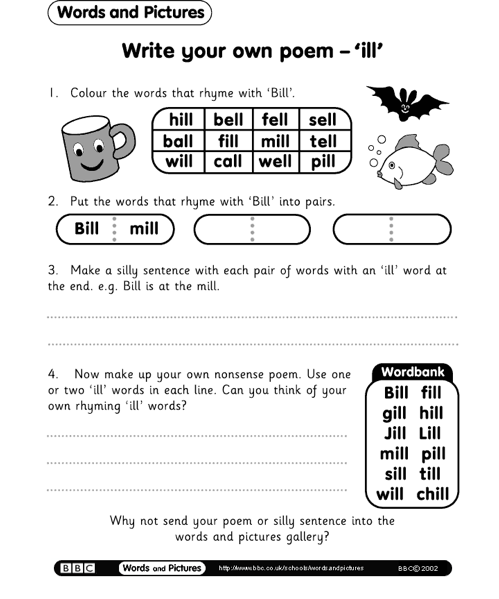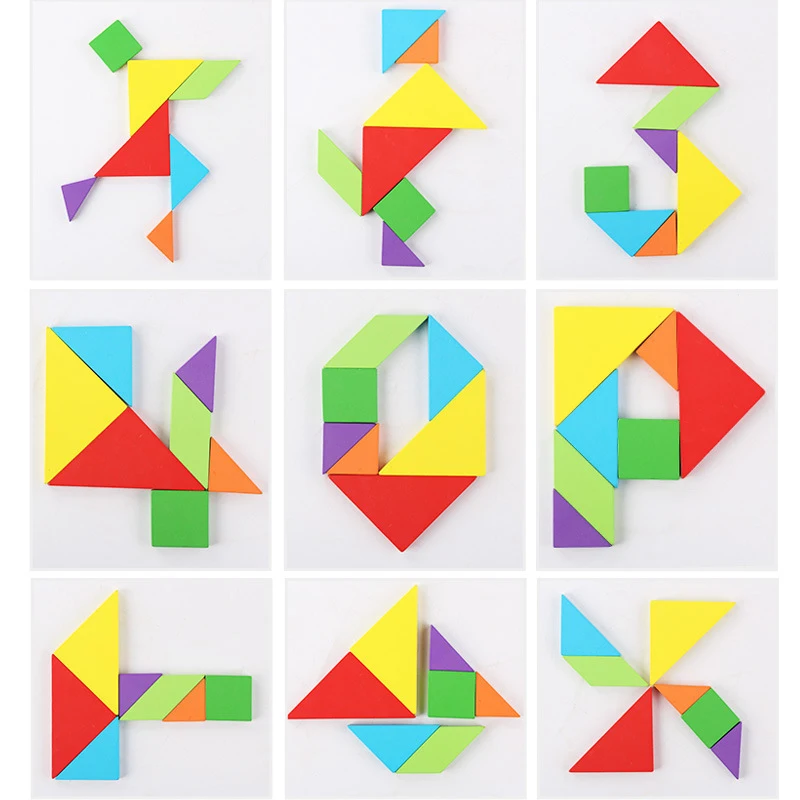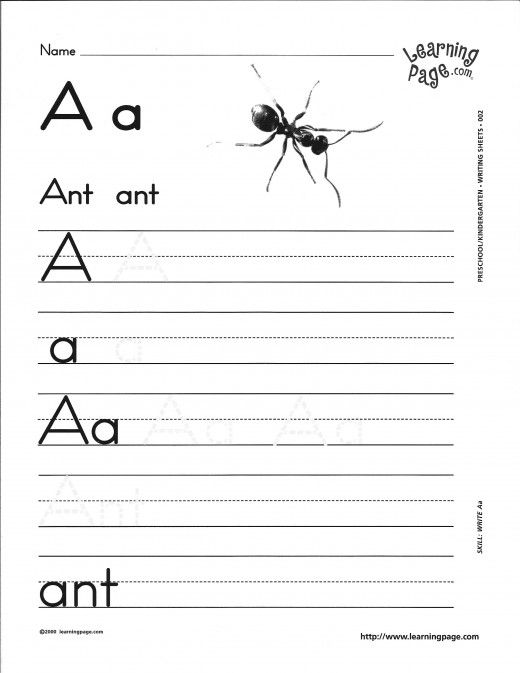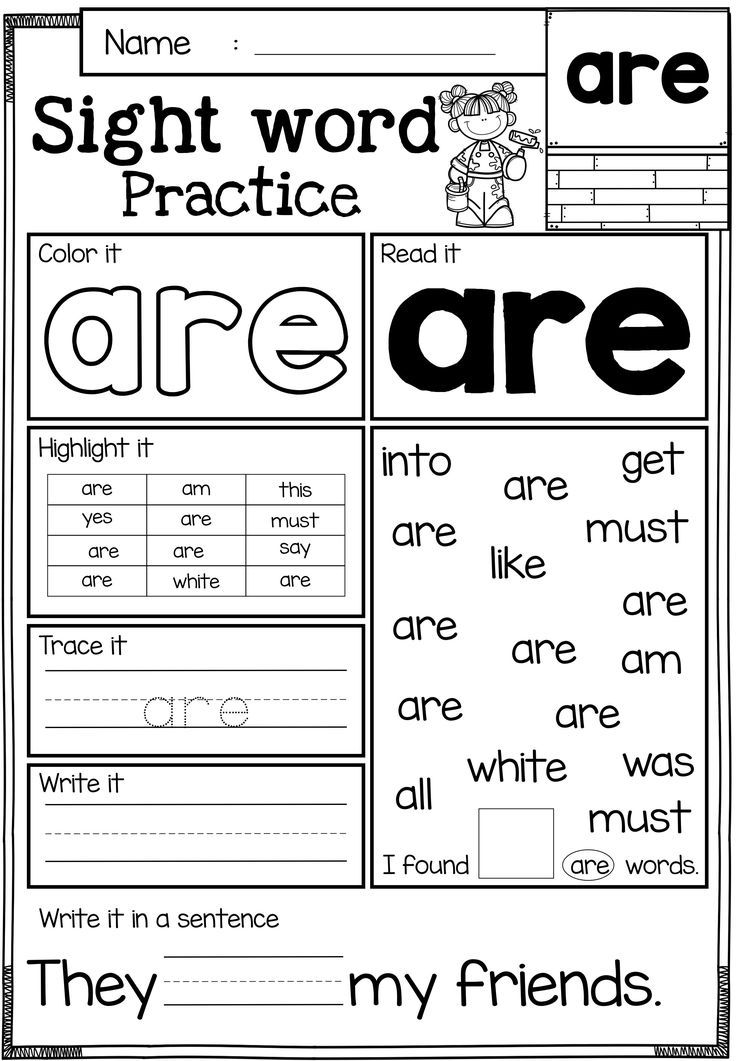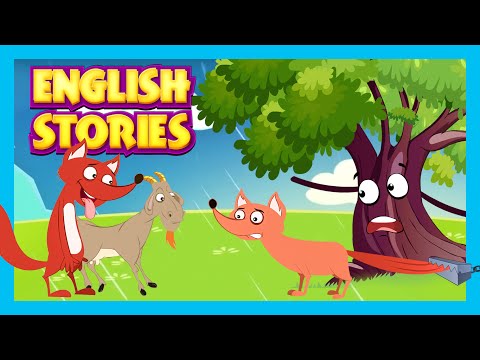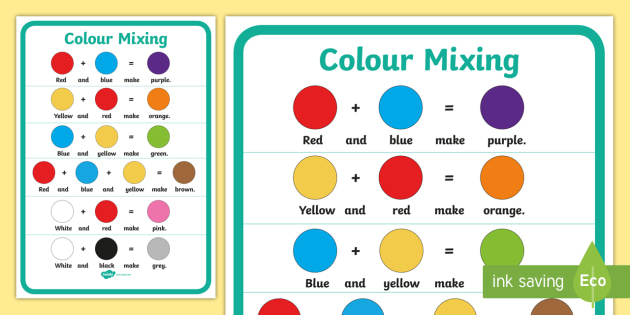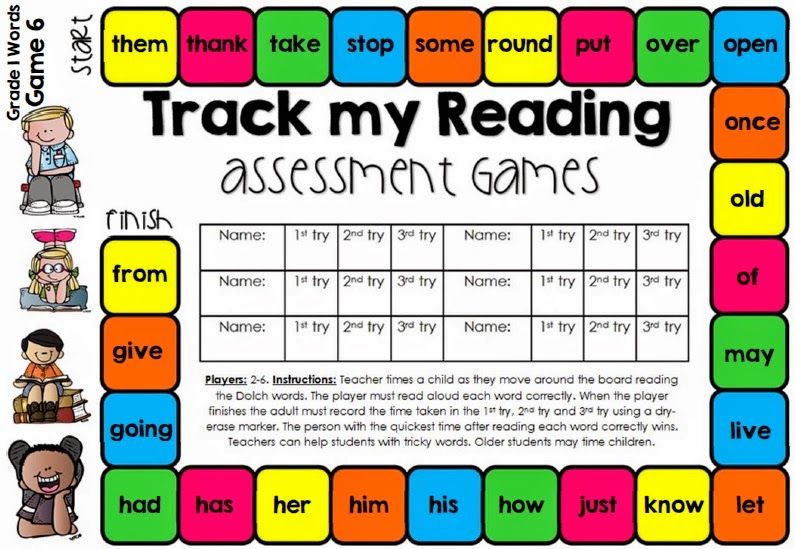Concept of print definition
Concepts of print
Concepts of Print refers to the awareness of 'how print works'. This includes the knowledge of the concept of what books, print, and written language are, and how they function. It encompasses a number of understandings that allow the reading process to take place including:
- understanding that print conveys a message
- knowledge about book orientation and directionality of print, and
- distinction between sentences, words and letters, and
- knowledge of the alphabetic system and the difference between letters and words.
Understandings/elements of concepts of print in the English language
The main understandings or elements of Concepts of Print for English include the concept of text (how a text conveys a message), concept of book (how a book works, how different texts are organised), the idea of directionality (that English books are read from left to right, top to bottom), and other mechanical features (spacing, punctuation, the difference between letters, numerals, and other symbols).
Components of concepts of print
Concepts of print are important for emergent and early reading and writing (Clay, 1993).
Concepts of text
Understanding that print relays a message
Concept of book
- Book handling - holding the book the right way up
- Front cover, back cover
- Title, author, illustrator, blurb
Directionality
- Beginning at the front of the book, ending at the back
- Turning pages right to left
- Concept of top and bottom of a page - beginning at the top of the page and ending at the bottom of the page
- Reading pages from left to right
- Reading words from left to right
- Return sweep - reading left to right then sweep back to the beginning of the following line of text
- Concept of first, middle, last
- Word-to-word matching
Mechanics
- Knowledge that words are separated by spaces
- Recognising the difference between symbols including, alphabetic letters vs numerals vs punctuation
- The purpose of punctuation and capital letters
- Understanding that most printed words are read the same way each time (e.
 g. w-o-u-l-d will always be 'would')
g. w-o-u-l-d will always be 'would')
Through exposure to shared book reading in early childhood, and through modelled, shared, and guided reading in the early years, children develop concepts of print.
Examples to support the development of Concepts of Print
Concepts of print should be taught through text within the literacy lesson, for example by:
- reading a poem or a song that students are familiar with and highlighting features of the text - e.g. capital letters, full stops and discussing the purpose of these features
- reading a storybook and modelling and/or identifying features of text while reading, for example differences between words and letters, directionality, return sweep, front and back cover of book etc.
- reading books with different font types/sizes, bold, exclamation mark, question mark and capital letters
Building a print rich classroom environment - using labels, alphabet posters, word walls, reading corners also contributes to the development of concepts of print.
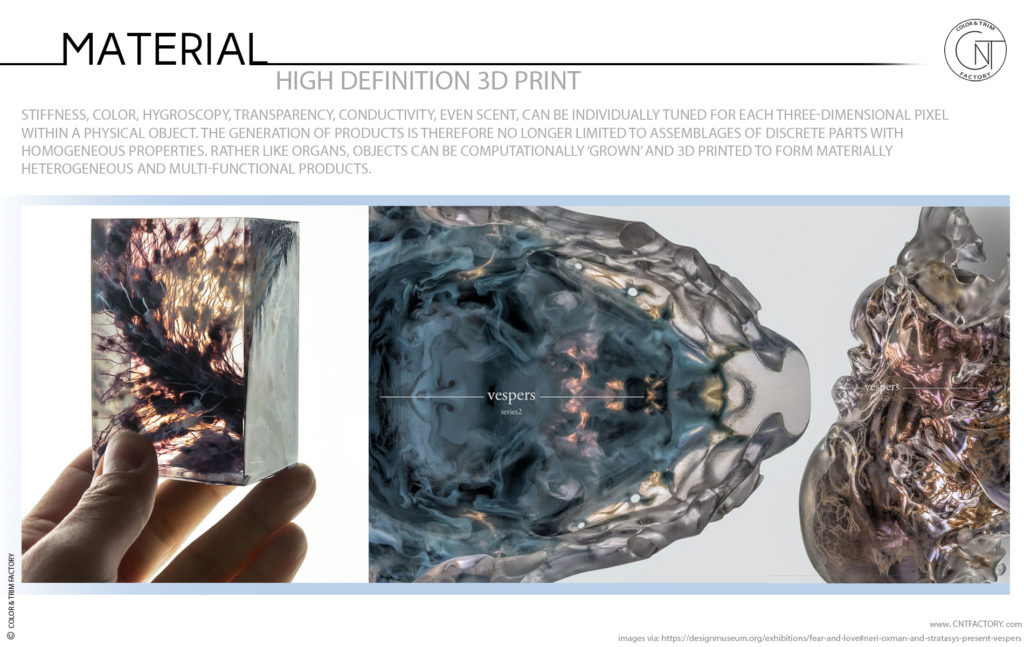
For examples, see:
- Modelled Reading
- Shared Reading
- Guided Reading
Alphabet knowledge
Alphabet knowledge is also considered a Concepts of Print component. This includes knowledge of the names of each letter, the order of the alphabet, recognition of each upper and lower case letter, and knowing the difference between letters and words.
Alphabet Knowledge includes recognising all the letters of the alphabet by name. This includes recognising upper and lower case letters. The metalinguistic awareness of knowing the difference between a "word" and a "letter" is also important for alphabet knowledge.
Relationship with phonics
While alphabet knowledge is the ability to recognise and name upper and lower case letters, phonics is the knowledge of sound-letter patterns, that is the sounds that letters make.
As there are 44 sounds (phonemes) , but only 26 letters, many letters make more than one sound. Also, letters are used to form graphemes, which could consist of one letter (graph), two letters (digraph), three letters (trigraph) or four letters (quadgraph).
Also, letters are used to form graphemes, which could consist of one letter (graph), two letters (digraph), three letters (trigraph) or four letters (quadgraph).
An important first step to learn the relationships between sounds is to have well developed Alphabet Knowledge: that is to know what each letter is called, and to be able to recognise these letters quickly and reliably.
Once students have strong alphabet knowledge they are able to apply this knowledge to learn about the sounds that letters and letter patterns (graphemes) make, and how phonemes map onto graphemes, i.e. phonics.
For more information, see:
- Phonics
- The 44 Sounds of English (docx - 116.91kb)
Relationship with phonological awareness
While alphabet knowledge is the ability to recognise and name upper and lower case letters, Phonological awareness refers to the awareness of sounds, rhymes, and syllables within words. Phonemic awareness (a critical subset of phonological awareness) refers to the ability to identify, segment, blend, delete and manipulate individual sounds.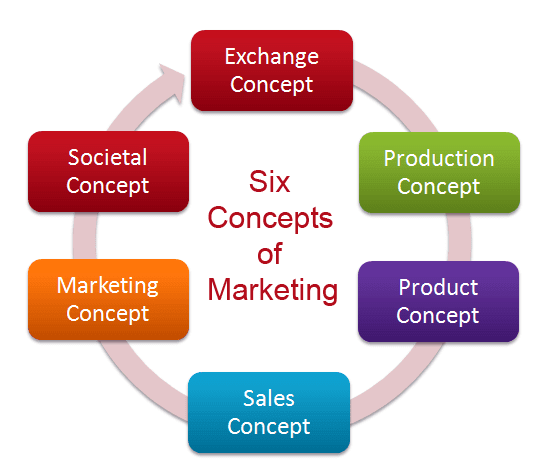 Alphabet knowledge is related to phonological awareness as children need to understand that words are made up of syllables, onset/rime, and individual sounds, and that letters of the alphabet are used to represent these sounds, as graphemes.
Alphabet knowledge is related to phonological awareness as children need to understand that words are made up of syllables, onset/rime, and individual sounds, and that letters of the alphabet are used to represent these sounds, as graphemes.
For more information, see: Phonological Awareness
Examples of alphabet knowledge activities
Contextualised teaching of alphabetic knowledge can occur through reading a fiction or non-fiction text to, for example:
- introduce the sound and the letter in focus, writing the letter before reading the text
- highlight particular letter/letters within the text
- identify initial sounds of words and distinguish upper and lower case letters
- recognise consonant digraphs/trigraphs
- discuss the different sounds that a letter can make from examples in a text
- find words that contain different consonant diagraphs e.g. /sh/, /ch/, /th/ -lunchbox, shoes, should, the, that
- compile words or letters from a text into lists to make games that will promote multiple exposure and repetition of alphabetic knowledge such as bingo, snap, memory, tic tac toe, letter sort.
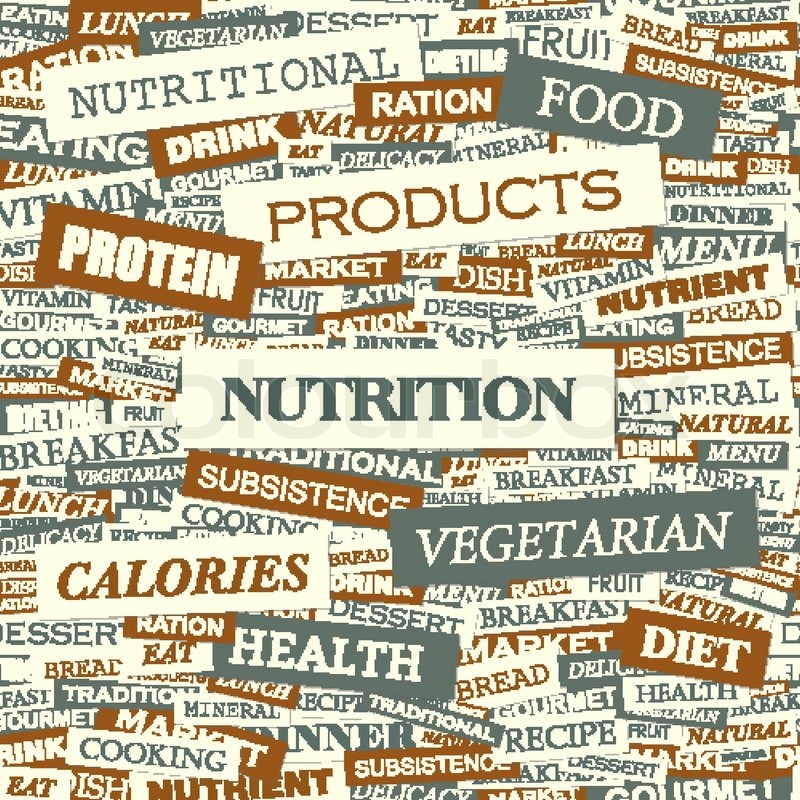
For examples, see:
- Modelled Reading
- Shared Reading
- Guided Reading
How does concepts of print relate to phonological awareness and phonics?
Phonological awareness allows students to hear the differences between words and sounds. Concepts of Print includes the recognition of symbols as letter shapes. Once this understanding is established, the letter shapes can be associated with sounds, connecting the visual, auditory and oral systems.
Links to the Victorian Curriculum - English
Foundation
Reading
- Recognise all upper- and lower-case letters and the most common sound that each letter represents (Content description VCELA146)
- Understand concepts about print and screen, including how books, film and simple digital texts work, and know some features of print, including directionality (Content description VCELA142)
Level 1
Reading
- Understand concepts about print and screen, including how different types of texts are organised using page numbering, tables of content, headings and titles, navigation buttons, bars and links (Content description VCELA177)
Links to the Victorian Curriculum - English as an Additional Language (EAL)
Pathway A
Reading and viewing
Level A1
- Understand the direction of English text (VCEALA034)
- Understand that texts are meaningful (VCEALA035)
- Distinguish Roman script from non-Roman script (VCEALA039)
- Understand and explore the basic features of different texts (VCEALL043)
- Understand and explore the basic features of different texts (VCEALL043)
- Identify some sounds in words (VCEALL050)
- Recognise capital letters, spaces and full stops (VCEALL052)
- Follow text with finger while reading (VCEALL053)
Level A2
- Understand how different types of images in texts contribute to meaning (VCEALA116
- Understand and use a small range of metalanguage for elements of text (VCEALL125)
- Relate most letters of the alphabet to sounds (VCEALL131)
- Understand and use simple metalanguage for books and reading (VCEALL044)
- Recognise that full stops and question marks separate text (VCEALL133)
Writing
Level A1
- Respond to the terms 'writing' and 'drawing' appropriately (VCEALA059)
- Illustrate a simple text (VCEALC058)
- Write a simple text that fulfils a function (VCEALC057)
- Recognise the importance of accurate reproduction of letters and words (VCEALA060)
- Use some conventions for printed English (VCEALL081)
- Experiment with some familiar punctuation (VCEALL079)
- Understand some terminology of writing in English and/or home language (VCEALA068)
Level A2
- Illustrate texts purposefully (VCEALC139)
- Use some punctuation consistently (VCEALL158)
- Adjust size of writing, colour, layout and choice of media to support meaning (VCEALL160)
Pathway B
Reading and viewing
Level BL
- Show awareness that texts convey meaning (VCEALA191)
- Distinguish Roman script from non-Roman script (VCEALA195)
- Recognise and explore texts in different media and modes (VCEALL199)
- Understand and explore the basic layout and conventions of simple texts (VCEALL200)
- Use basic terminology of reading (VCEALL202)
- Recognise the letters of the alphabet (VCEALL208)
- Understand the function of spaces, capital letters and full stops (VCEALL209)
- Demonstrate reading-like behaviour (VCEALL210)
- Attempt to self-correct (VCEALL211)
Writing
Level BL
- Copy words, phrases or sentences accurately and carefully (VCEALC216)
- Understand the difference between writing and drawing, and that writing changes according to context and purpose (VCEALA219)
- Apply common conventions when copying or writing texts (VCEALL236)
- Copy basic punctuation as part of writing work (VCEALL238)
References
Clay, M. M. (1993). An observation survey of early literacy achievement. Heinemann, 361 Hanover St., Portsmouth, NH 03801-3912.
M. (1993). An observation survey of early literacy achievement. Heinemann, 361 Hanover St., Portsmouth, NH 03801-3912.
Concepts of print (emergent literacy)
The awareness of how print works including emerging knowledge about books, print, and written language, and how we use them.
Concepts of print can be described as a "set of rules" that are followed by readers and writers so that the text can be understood in the intended way. Concepts of print demonstrate to children the logistics of reading and writing, which allow the processes of literacy to take place.
For example:
- understanding that print relays a message
- knowledge about book orientation and directionality of print
- book handling (e.g. holding a book right way up, turning pages)
- emerging knowledge of the alphabet
- awareness of books, pages, words and letters.
Children who are learning about books and reading need to know these concepts so that they are able to understand the rules and begin to understand the message.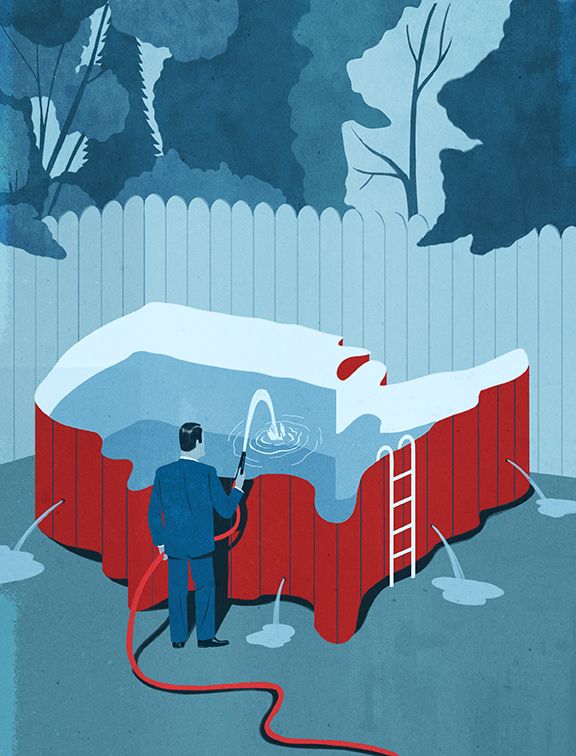
Examples of concepts of print
The main understandings or elements of concepts of print for English include the concept of text, concept of book, the idea of directionality, mechanical features, and alphabet knowledge. Concepts of print are important for emergent reading and writing (Clay, 2013; Justice & Ezell, 2004; Piasta et al., 2016).
From a very young age children engage in writing and drawing to represent real things (Bradford and Wyse, 2010). Children can distinguish between drawing, writing, and numbers based on their understanding of the concepts they represent (Lancaster, 2007; Wells Rowe & Neitzel, 2010).
Using verbal and non-verbal cues to direct children’s attention during reading affects their later print knowledge and literacy skills (Justice & Ezell, 2004).
Similarly, calling children’s attention to the sound structure of words during reading promotes their phonological awareness (Piasta et al., 2016). Shared reading with embedded vocabulary instruction also helps children to make meaning from print, especially when reading is coupled with extension activities (Piasta et al. , 2016).
, 2016).
Concepts of print examples diagram
Concept of text
- Understanding that print relays a message
Concept of book
- Book handling - holding the book the right way up
- Front cover, back cover
- Title, author, illustrator, blurb
Directionality
- Beginning at the front of the book, ending at the back
- Turning pages left to right
- Concept of top and bottom of a page - beginning at the top of the page and ending at the bottom of the page
- Reading pages from left to right
- Reading words from left to right
- Return sweep - reading left to right then sweep back to the beginning of the following line of text.
Mechanics
- Knowledge that words are separated by spaces
- Recognising the difference between symbols including, alphabetic letters vs. numerals vs. punctuation
- The purpose of punctuation and capital letters
- Understanding that most printed words are read the same way each time (e.
 g. the letters w-o-u-l-d will always say 'would').
g. the letters w-o-u-l-d will always say 'would').
Alphabet knowledge is also considered a concepts of print component. This includes:
- knowledge of the names of each letter
- knowing the order of the alphabet
- recognition of each upper and lower case letter
- knowing the difference between letters and words.
The metalinguistic awareness of knowing the difference between a "word" and a "letter" is also important for alphabet knowledge. This is because children need these metalinguistic terms to talk about the concepts they are grasping, as they begin to recognise familiar words and letters.
It should be noted that children are not required to have an extensive knowledge of the sounds that letters make (phonics) before transition to primary school. However, being able to recognise and name letters (alphabet knowledge) is a very useful emergent literacy skill, encouraged in Language and Emergent Literacy Learners. The development of alphabet knowledge before school (along with phonological awareness and oral language) is an important predictor of early reading success.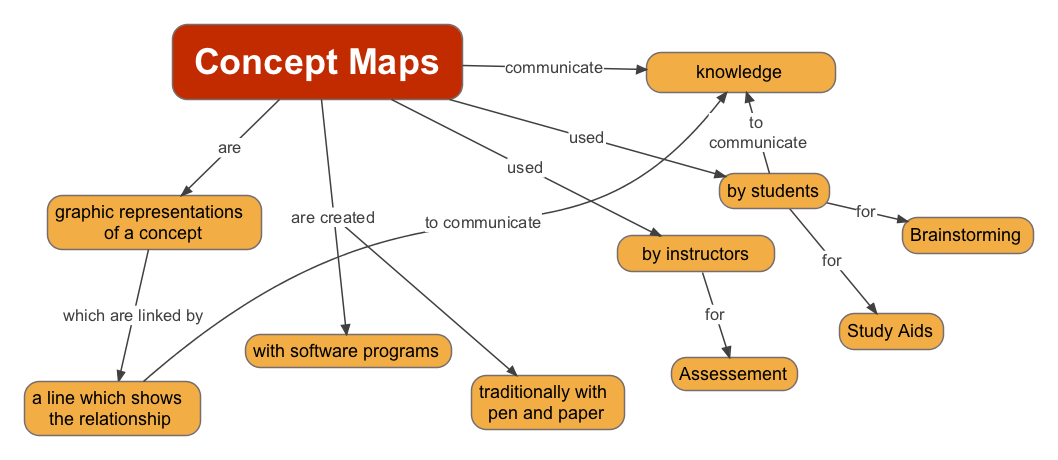
Part of the mechanics of concepts of print includes the recognition of letters. Once children have a grasp of the concept of letters and their names, then the letter shapes can be associated with their sounds.
Phonological awareness is the knowledge of how the sound system (phonology) works (e.g. syllables, rhyming, individual speech sounds in words).
While alphabet knowledge (part of concepts of print) is the ability to recognise and name upper and lowercase letters, phonics is the knowledge of sound-letter patterns: what sounds letters make.
Alphabet knowledge is a crucial precursor to early phonics knowledge.
For more information see:
- Phonological awareness
- Phonics
- Victorian Early Years Learning and Development Framework
- VEYLDF Illustrative maps
Outcome 4: Learning
Children resource their own learning through connecting with people, place, technologies and natural and processed materials
- explore the purpose and function of a range of tools, media, sounds and graphics
Outcome 5: Communication
Children engage with a range of texts and get meaning from these texts
- view and listen to printed, visual and multimedia texts and respond with relevant gestures, actions, comments and/or questions
- explore texts from a range of different perspectives and begin to analyse the meanings
- actively use, engage with and share the enjoyment of language and texts in a range of ways
- recognise and engage with written and oral culturally constructed texts
Children begin to understand how symbols and pattern systems work
- view and listen to printed, visual and multimedia texts and respond with relevant gestures, actions, comments and/or questions
- develop an understanding that symbols are a powerful means of communication and that ideas, thoughts and concepts can be represented through them
- begin to be aware of the relationships between oral, written and visual representations
- begin to recognise patterns and relationships and the connections between them
General ideas
Build a print rich environment:
- use labels, alphabet posters, word walls, reading corners
Incorporate print (with images) in everyday situations, including routines, transitions, mealtimes, and nappy changes:
- use labels, posters, signs, instructions, recipes
Provide print-based play materials to enhance planned and spontaneous play:
- use labels, pretend money, name tags, signs, newspapers, books, lists, menus, diagrams, directions
Use a poem or a song that children are familiar with and highlight the features of a text in different colours.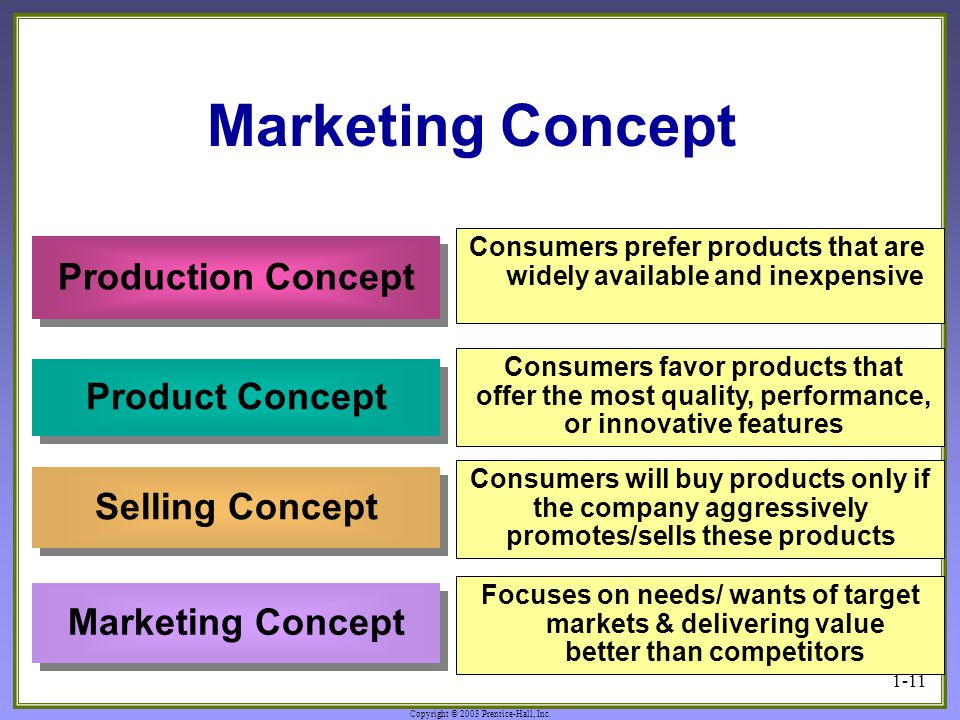
This leads to discussion about the purpose of these features. For example:
- capital letters (highlight green)
- full stops (highlight yellow)
Read a storybook to model and/or identify features of a text while reading, for example differences between words and letters, directionality, return sweep, front and back cover of book..
Read books with different font types/sizes, bold, exclamation mark, question mark and capital letters.
Ideas for alphabet knowledge
- Make letter shapes out of playdough, clay, or other materials
- Use magnetic letters (or writing) for recognising initial sounds of objects
- Bingo
- Go fish with alphabet cards
- Upper/lower case letter matching
- Early handwriting experiences - letter formation
- Alphabet soup
- Circle time - recognising cards or 3D letters from a 'mystery bag'
- What am I drawing? - draw a letter on each other's back; children need to guess the correct letter
- Read a familiar poem or story - highlight one or more familiar words, letter or letters of the alphabet within the story
- Lots of Trucks: Play, Reading, and Extending Language (Part 1)
- Making Meaning: Reading with Children
For age groups:
- Where Is The Green Sheep?
For age groups:
- Early language users (12 - 36 months)
- Reading areas
- Print in other languages
- Chia Seed Sprouts
- Print in Sociodramatic Play.
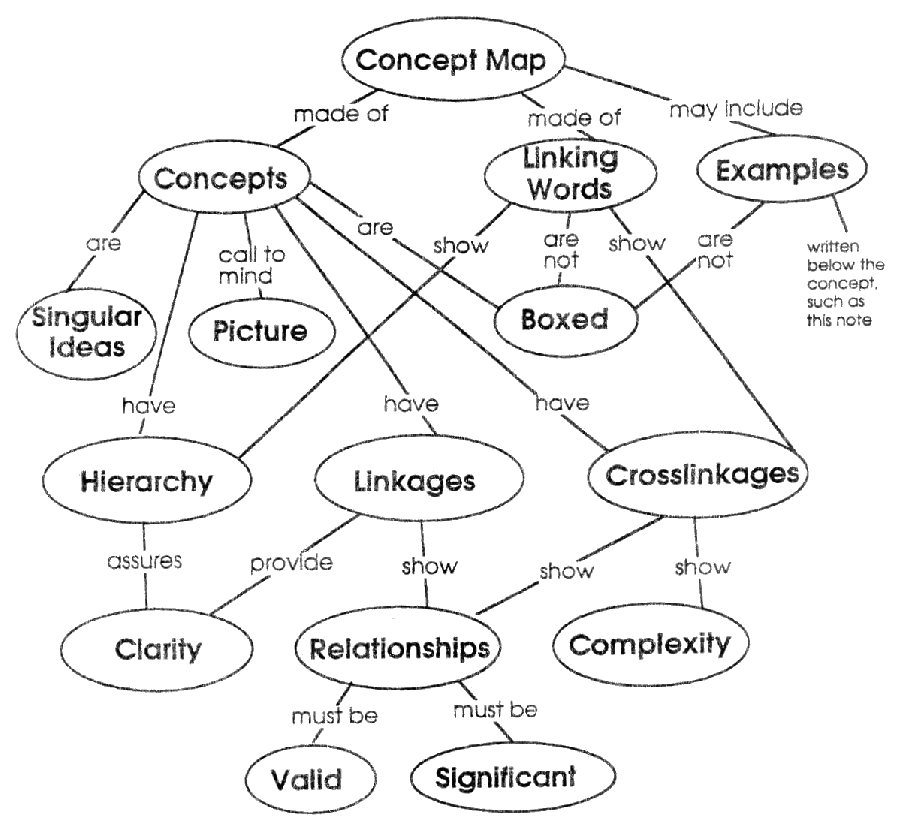
For age groups:
- Language and Emergent Literacy Learners (30 - 60 months)
Learning foci and teaching practices:
- Phonological Awareness
- Phonics
- Literacy-rich environment
- Reading with children
- Writing with children
- Independent reading and writing
- Play
- Sociodramatic Play
- Performing Arts
- Fine Arts
Bradford, H., & Wyse, D. (2010). Writing in the early years. In Wyse, D., Andrews, R., & Hoffman, J. (Eds). The Routledge international handbook of English, language and literacy teaching (pp. 137-138). London: Routledge.
Clay, M. M. (2013). An observation survey of early literacy achievement (3rdEd.). Auckland: Pearson.
Justice, L. M., & Ezell, H. K. (2004). Print Referencing: An Emergent its Clinical Applications. Language, Speech, and Hearing Services in Schools, 35(April), 185–193.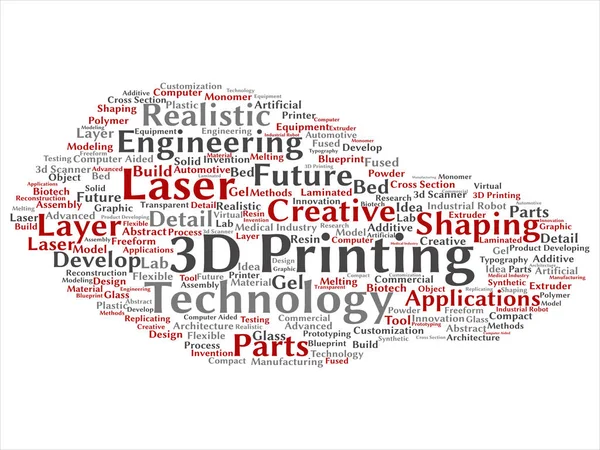
Lancaster, L. (2007). Representing the ways of the world: How children under three start to use syntax in graphic signs. Journal of Early Childhood Literacy, 7(2), 123-154.
Piasta, S., Phillips, B., Williams, J., Bowles, R., & Anthony, J. (2016).
Measuring Young Children’s Alphabet Knowledge: Development and Validation of Brief Letter-Sound Knowledge Assessments. The Elementary School Journal, 116(4), 523-548.
Victorian State Government Department of Education and Training (2016) Victorian early years learning and development framework (VEYLDF) (pdf - 1.14mb) Retrieved 3 March 2018,
Victorian Curriculum and Assessment Authority (2016) Illustrative Maps from the VEYLDF to the Victorian Curriculum F–10. Retrieved 3 March 2018,
Wells Rowe, D., & Neitzel, C. (2010). Interest and Agency in 2- and 3-Year-Olds’ Participation in Emergent Writing. Reading Research Quarterly, 45(2), 169–195. dx.doi.org/10.1598/RRQ.45.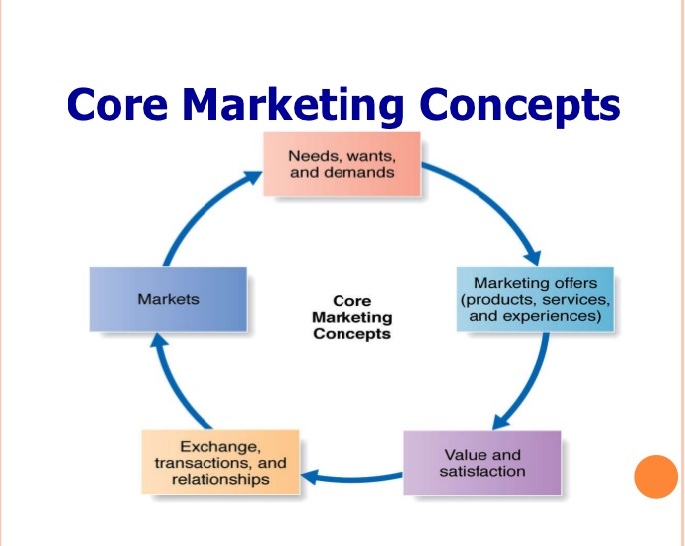 2.2
2.2
How to prepare a magazine for printing: basic steps
- Dmitry
Sections: Technology
Preparing and publishing a magazine is more difficult than printing leaflets, booklets, and calendars. A journal is a periodical printed publication published at regular intervals. Usually it is a month or a quarter. It is used for summing up, analysis, presentation of information on a specific topic. For example, men's or women's magazines, political, travel, business magazines, and so on.
Relevance of magazines
A typical difference from a newspaper is specialization. The journal highlights any aspect that is relevant to the public. So, for example, corporate publications raise the status of the company, consecrate and analyze its activities, results, prospects.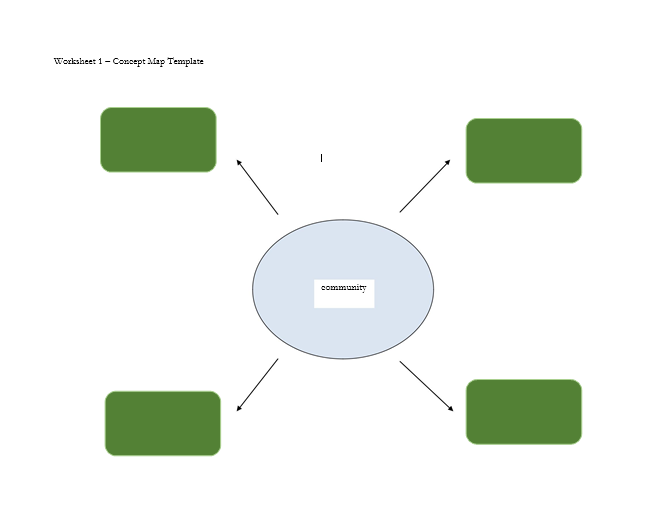 Yes, you can post information on the company's website. But for the creator and for the reader, printing magazines on high-quality paper with illustrations is a pleasant tradition that has not outlived its usefulness even in the age of high technology. In addition, publishing a magazine advertising high-quality products or services gives the company the opportunity to generate additional income. There are also exclusively advertising magazines.
Yes, you can post information on the company's website. But for the creator and for the reader, printing magazines on high-quality paper with illustrations is a pleasant tradition that has not outlived its usefulness even in the age of high technology. In addition, publishing a magazine advertising high-quality products or services gives the company the opportunity to generate additional income. There are also exclusively advertising magazines.
In fact, any enterprise with any sphere of production or provision of services can publish its own magazine. To do this, you need to study the stages of preparing the publication and choose a printing company that will print the finished layout. Many printing houses also provide assistance in layout, design and even material selection.
Preparing a publication for release
The phased preparation of the magazine includes the choice of concept, the definition of the audience, the formation of text blocks and the selection of illustrations. And these steps are very important. After all, the idea of a magazine can be brilliant, but not everyone manages to bring it to life as well. An excellent final material is easy to ruin with an amateurish approach, while professionals will present even insignificant things from the most advantageous side. Therefore, carefully consider who you entrust the selection of material and the production of magazines. If there are no such people in the team and the immediate environment, it is better to turn to professionals for a service.
And these steps are very important. After all, the idea of a magazine can be brilliant, but not everyone manages to bring it to life as well. An excellent final material is easy to ruin with an amateurish approach, while professionals will present even insignificant things from the most advantageous side. Therefore, carefully consider who you entrust the selection of material and the production of magazines. If there are no such people in the team and the immediate environment, it is better to turn to professionals for a service.
Proofreading required
We all went to school and know how to use the spell checker in Word. But is there one hundred percent confidence in the correct spelling of all words and punctuation? The impression of the most beautiful material will be spoiled if there are errors and typos in the text. That's why you shouldn't skimp on editing and proofreading before publishing a magazine. Read material is invariably more appealing to any audience.
Next step - layout
This is the name of the installation of the finished material immediately before being sent to print. Arranging images and articles in their places, highlighting headings with color and font, grouping text blocks into lanes.
For layout, the nature of the rule:
- Defines the grid spacing. Designers do this so that all pages are made in the same style, and do not look like a binder of random sheets.
- Working with headers. They are distributed in columns. So the title can be the only element on the page, but it doesn't have to be.
- Location of text and pictures. Should be comfortable for the reader. Do not be too original, trying to beat the competition: too sophisticated design will quickly tire the consumer.
It is possible to independently make the layout of the magazine. There are special programs for this. But if you want the publication to really get a large audience, it is better to turn to professionals.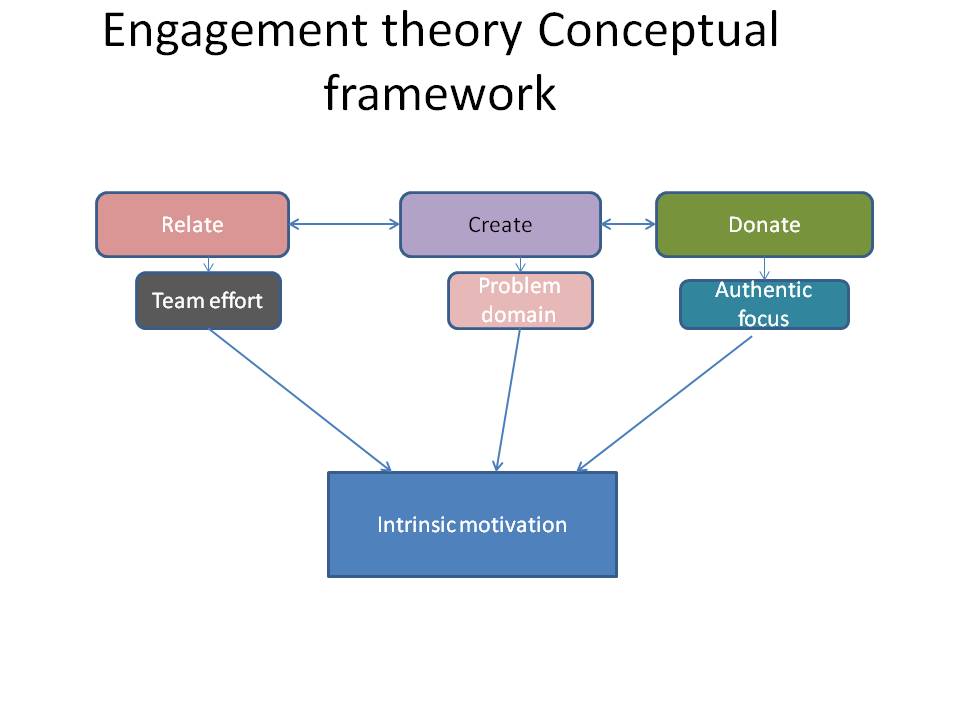
Layout and printing
At this stage, the magazine in the form of files on electronic media is transferred to the printing house for printing. With the help of the program, they are converted into electronic form: the images are converted into a high-resolution CMYK model, the allowances for cutting, the layout of printed products, the amount on paper are determined. After everything is ready, the customer can get acquainted with the layout. If necessary, make changes, after which there is an agreement.
When everything is ready, paper is selected, the magazine is printed in offset way. This type of stamping makes it possible to obtain high-quality products in large quantities and cheaper.
Postpress support
The contract can prescribe additional processing of publications. It is aimed at improving the appearance of each instance and improving performance.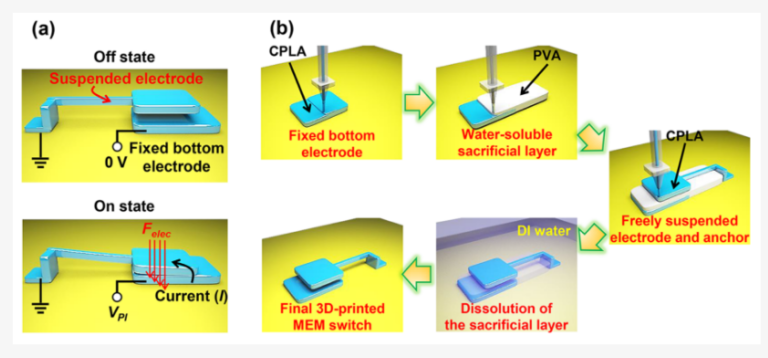
Stepping may include the following:
- picking sheets;
- glossy or matte lamination;
- folding;
- UV varnishing of pages;
- Formation of variants of binding.
Improving the quality of pages, using design techniques, protecting images from external influences is the final part of the magazine processing. It helps to increase the attractiveness of the publication to the audience.
A large circulation does not guarantee the success of a publication. When preparing a journal for publication, there are many nuances to consider. Only if all the rules are followed, you can count on attracting an audience.
Printed product catalog: what is it for?
With the help of printed product catalogs, companies achieve marketing goals: they increase customer awareness of their activities, gain the loyalty of the target audience, and “warm up” potential buyers.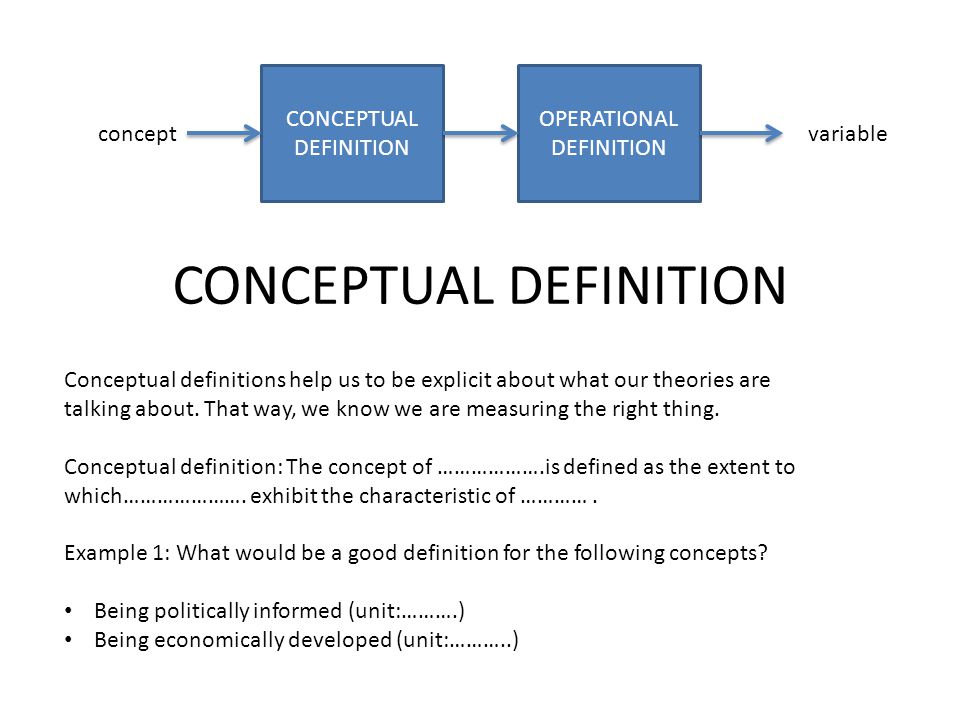 We can say that this is the thread that connects the manufacturer with the customer base.
We can say that this is the thread that connects the manufacturer with the customer base.
A properly designed printed product catalog is of interest, contains all the necessary information. The quality of graphic content, printing and manufacturing materials is very important. A carelessly made layout on thin, translucent paper will not add to the status of the company. Rather, on the contrary.
History of the printed catalog
The first printed catalog was created for the same reason as modern ones - the need for communication between the manufacturer and the buyer. The date of the invention of this format is the beginning of the 70s of the XIX century. Aaron Montgomery, a traveling salesman from the United States, was faced with the issue of selling stale produce. Neither discounts nor traveling salesmen helped in sales ... and then the idea came to use the mail.
The first catalog looked like a standard sheet with a list of goods and order conditions, which was more like a modern leaflet.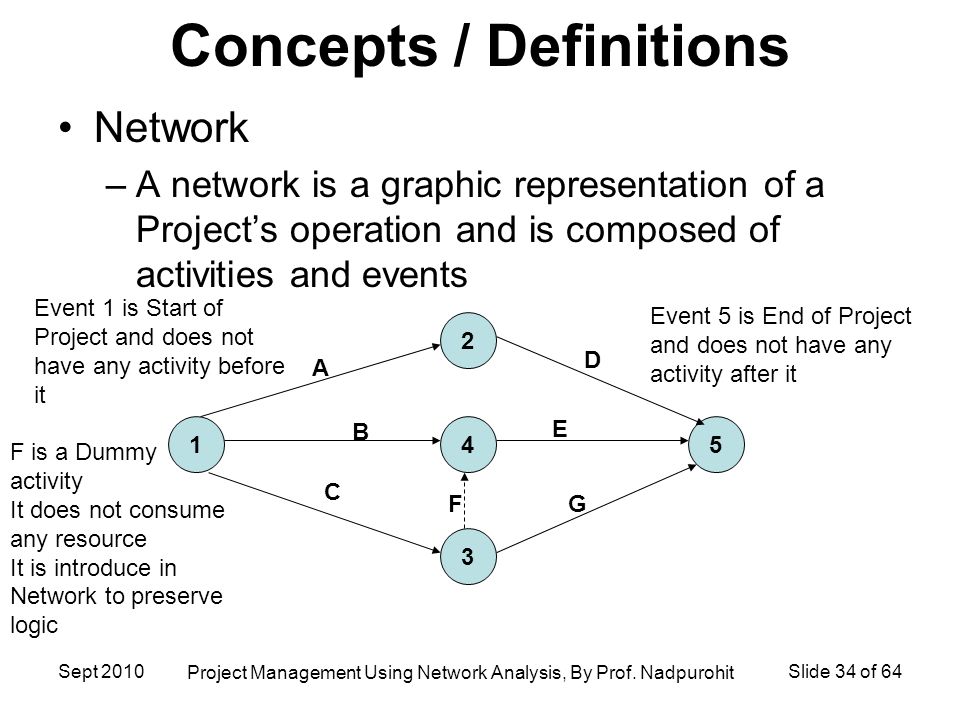 The novelty was well received, and the goods were sold out very quickly.
The novelty was well received, and the goods were sold out very quickly.
Realizing the profitability of the investment, Montgomery created the production company Montgomery Ward. In the first half of the 20th century, he set a record by creating a 2-kilogram catalog and releasing it with a circulation of 2 million copies.
Later, the manufacturing company was the first to publish catalogs on a regular basis - twice a year. In Europe, the list of products in this format began to be used only in the 30s of the twentieth century, but the presentation of information in them was much better than in the American ones. The experience of overseas colleagues and the general development of printing technologies at that time affected.
Modern catalogs bear little resemblance to the first ones, only the concept has remained unchanged
Types of printed catalogs and their purpose
Image. The focus is on the presentation of the company, its history and achievements, detailed information about the product is in second place.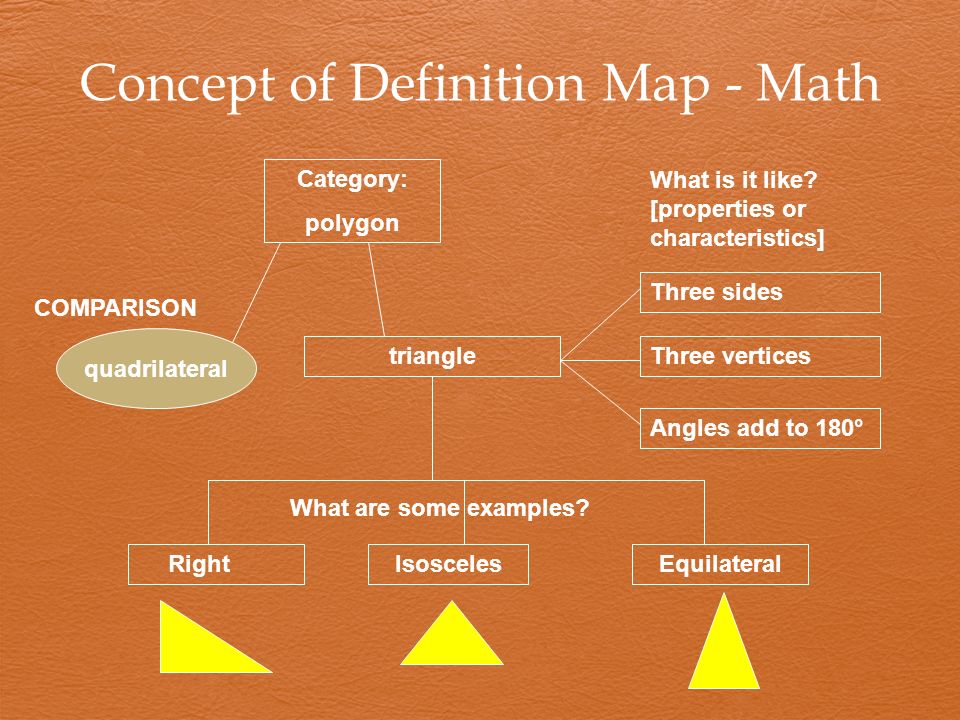 Image publications are distributed by mail or as a primary product to get acquainted with the activities of the company.
Image publications are distributed by mail or as a primary product to get acquainted with the activities of the company.
Advertising. The assortment of goods, their cost, current promotions, discounts are presented. A price list can be included for all products or for individual lines. Distribute advertising catalogs by mail or at points of sale of goods / provision of services. This type of product is produced with reference to special offers, events.
Periodic. The publication is published at fixed intervals. Each issue contains updated information, an expanded range of services, current prices and promotions.
Image catalogs can be in the form of magazines
Catalog creation and design features
There are many templates on the web that will help you create your own printed product catalog. Their disadvantage is the lack of individuality and adjustment to the necessary products.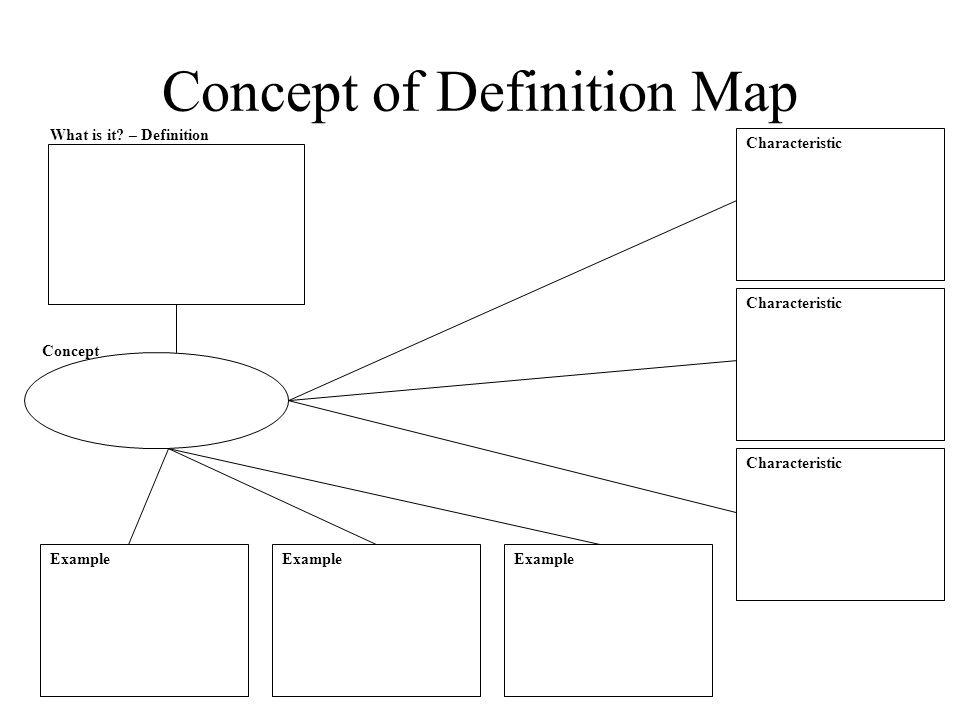 Publicly available templates can be used by other firms and even direct competitors, which will eventually lead to the loss of the individual style of the company.
Publicly available templates can be used by other firms and even direct competitors, which will eventually lead to the loss of the individual style of the company.
Therefore, it is best to develop a design for specific tasks from scratch. The process includes several steps.
Concept and design development
It all starts with the definition of the target audience, the subject, the purpose of the printed catalog, its volume/format, and the method of distribution. Next, photographic materials are selected, content is written. The final step is to create a layout.
There are programs for independent work with layouts (MyBusinessCatalog, the "Electronic Order" constructor). Alas, they offer all the same template solutions without the possibility of individualization.
Experienced a designer, for example, at a printing house, thoroughly knows the rules for drawing up layouts and will organically arrange all the elements, add a logo, corporate identity of the customer company.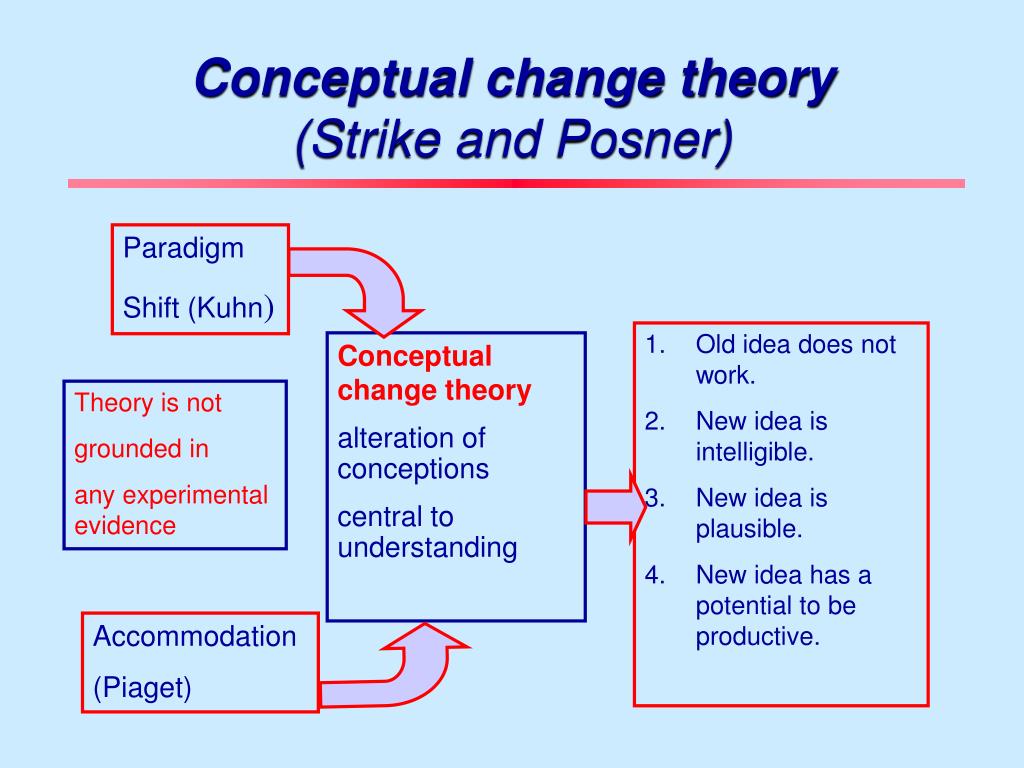 It is difficult for a person without specialized skills to achieve the desired results, therefore, for the professional execution of the layout, it is worth contacting specialists.
It is difficult for a person without specialized skills to achieve the desired results, therefore, for the professional execution of the layout, it is worth contacting specialists.
Catalog design should be bright, expressive, selling
Prepress
After approval of the original layout, the choice of printing specifications follows. It all depends on the technology to be applied and the equipment. Prepress layout preparation is complicated by the fact that different printing houses have different requirements. That is why it is better to leave the layout in the hands of the designer of a specific printing house - he will set all the parameters clearly for the requirements of the available equipment.
Sometimes color proofing is required to determine the correct selection of shades. The essence of the process is in the preview of the palette in print. This will eliminate discrepancies between the print and the original layout.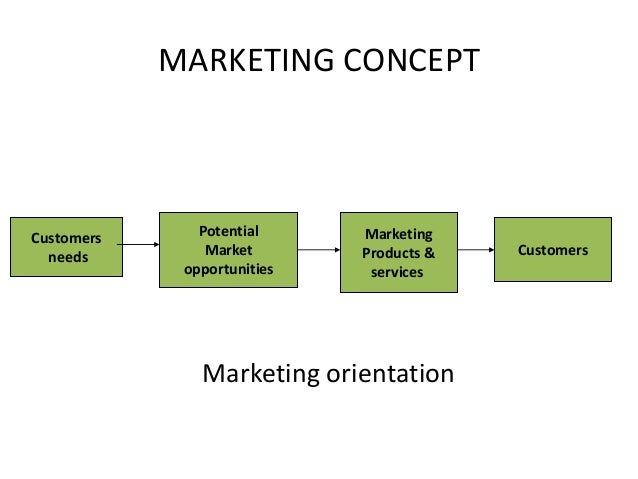
Color proofing is important for both realism and brightness in tones and midtones
Print catalog
The printing method depends on the number of copies and product quality requirements:
- Digital printing will be beneficial for small print runs and tight deadlines.
- Offset is a more budget option, suitable for Pantone inks, beneficial for large print runs.
- Risography is a technology for creating multiple copies of a source. It is used when creating budget catalogs in the form of small booklets in 2 colors.
Postpress
It is used to protect printed catalogs from damage and make them presentable and glossy. The post-print stage includes: cutting, die-cutting, lamination, UV varnishing, creasing, folding, embossing, stitching.
Lamination to avoid sheet creases
Tips for filling the catalog
- Content (pictures, text, fonts, prices) should be considered before ordering.
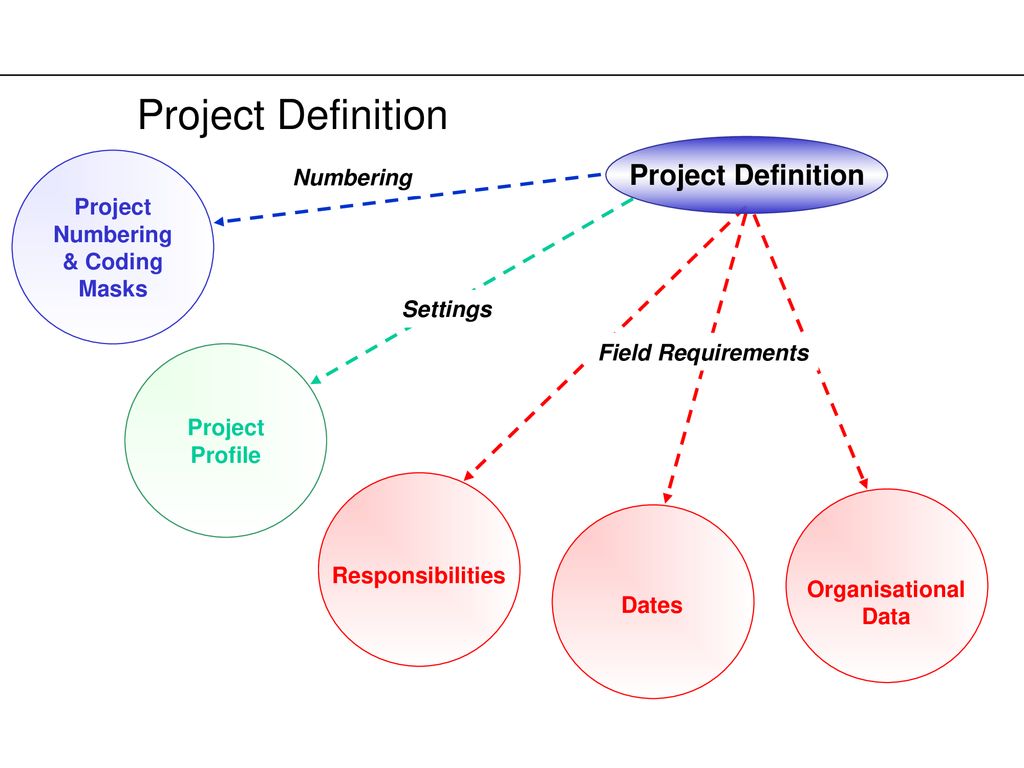 In the case of offset, the original layout sent for printing cannot be edited or corrected. With digital printing, this is easier.
In the case of offset, the original layout sent for printing cannot be edited or corrected. With digital printing, this is easier. - "Showcase" of the product - cover. It should be bright, eye-catching, contain the most profitable offers and the company logo. When placing a product from the assortment on the cover of the printed catalog, indicate the page on which it is located.
- It is important to create a layout that is as simple as possible, that is intuitive for readers, customized for the convenience of buyers, and includes all the necessary information for ordering. The client should not be confused in the articles, prices.
- When writing the text, take into account potential questions and objections of consumers, work through them, closing all incomprehensible points or providing the opportunity to consult over the phone.
- Adopt competitors' solutions, improve and implement ideas, but without direct inheritance. Similar catalogs of two different brands will not add popularity to the target audience.
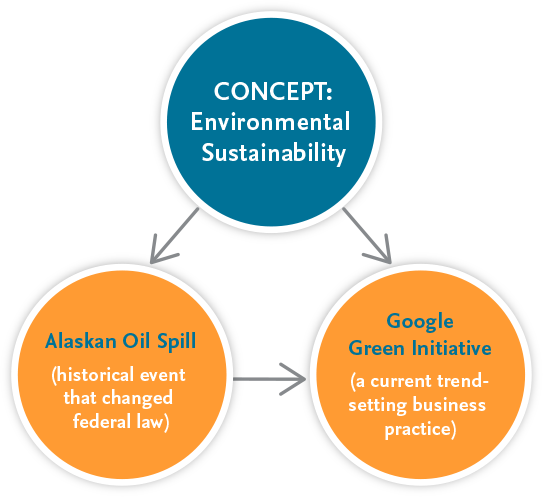
- Don't hesitate to repeat successful tricks. For example, if a company holds an annual sale on the day of its foundation, this will be a great tradition that customers will definitely remember.
- To determine how often catalogs are released, test different modes and settle on the one that gives the most response. This is either a regular update (once every 3 months, for example), or a situational one - for a promotion, a special occasion.
- Make mini versions for interim releases or specific topics. This is a less costly idea for finding new clients.
The video shows the process of offset printing catalogs:
Results
- Product catalogs provide customers with information about goods/services and increase the loyalty of the target audience.
- The first catalog was created in the 19th century, now the invention is used by both wholesale and retail companies around the world.
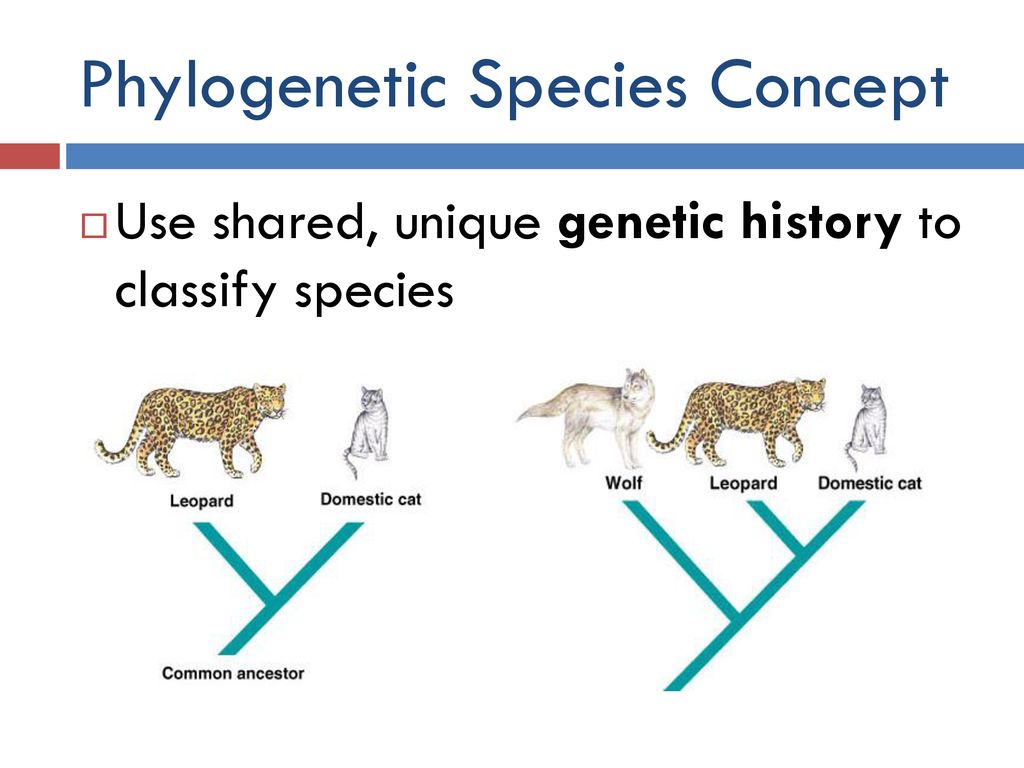
Learn more

